Making the Grade: Tips to Assess students in Broadcast Journalism
Many students know the pain of trying to make a perfect score on a history test or the anxiety of a less than desirable grade on a math quiz. The difference between a student’s grades in math class and in broadcast class is that students don’t have to post their math work on the front doors of the school; whereas, a broadcast student’s work in on display for all. This was my dilemma: I wanted the highest quality work from my students, but grading wasn’t the way I want to motivate them. I faced the question: how do I allow students to create quality work not driven by scores, yet still do my duties as a teacher by posting scores in a spreadsheet? I decided on smaller more manageable grades.
PackageOutline
I have my students create a package outline throughout the production process. It requires them to plan out voice-overs, stand-ups, interview questions and to storyboard their work. The outline is a fluid place for students to organize their thoughts. At the end of a cycle, the outline shows the students’ thought process and provides an easy grade as a formative assessment.
Tip: I keep the package outline old school paper and pencil. There is something refreshing and inspiring about scribbling and scratching out words on paper.
Self-Assessment
Another formative assessment I use is a self-assessment. This is the student’s opportunity to discuss any obstacles faced. They also assess their strengths and weaknesses and address how they can improve. Many students use the form to evaluate their group members as well.
Final Summative Score
The main summative assessment is the package grade. I use a rubric to evaluate each piece and I always evaluate the story version that airs to the school. This isn’t rocket science, but students always focus on this one grade.

Here are some tips:
- Allow revisions. Once students have completed their packages have them invite three other students to watch the package. I call this “three before me.” After they have reviewed their work and made the needed changes, I watch it and give feedback. After my critique, they get one more opportunity to revise. This process is the core of learning. Students are teaching each other.
- Be firm, yet flexible, with deadlines. I used to be the Big Bad Wolf when it came to deadlines. I still have my moments; however, I quickly learned that students face many obstacles and an extra day or two can mean the difference between average and high quality work. Set procedures for students to request extensions, but know that the option can raise the quality of work.
Don’t accept poor quality work. Again, the work is on display for the entire school. Don’t allow one unmotivated student dictate how the entire school views your content. I always tell my students if we air a sloppy or lazy segment the student body won’t say “He did a really bad job.” They will say “The news show was bad.”
After learning to push for high quality work instead of nitpicking a grading system that rarely motivated my students, I saw an increase in learning and production value. Students supported each other with a common goal: to be the best and to commit to be great. It takes time, but it is well worth the final product.





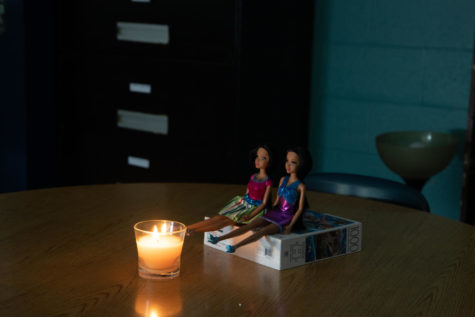

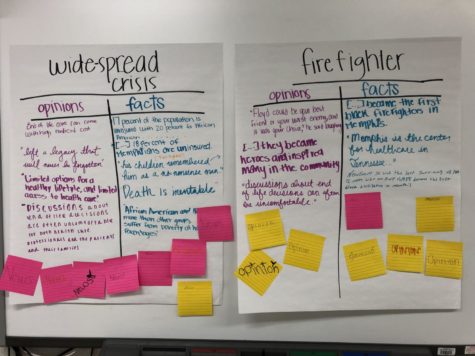

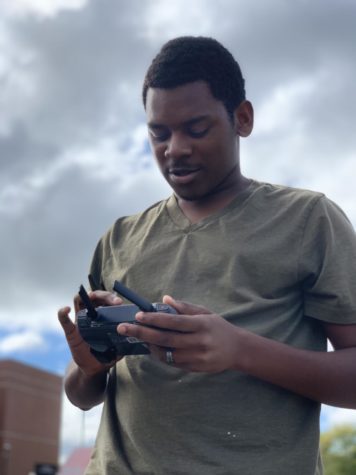
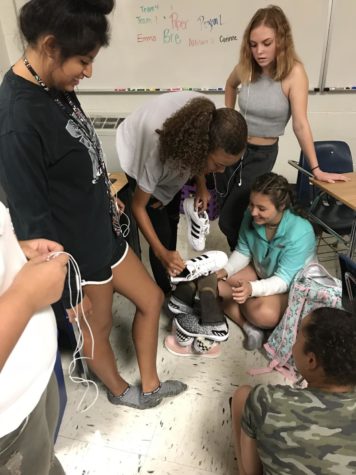

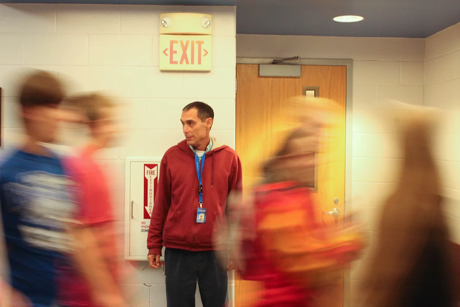
John Churchman • Mar 13, 2017 at 2:55 pm
Please get in touch? Would love to publish some of your thoughts or articles including this one. We publish School Video News, the preeminent eMagazine for teachers and administrators of TV/Video, Film Production and broadcast journalism. You can see the current issue here: http://www.schoolvideonews.com
We currently have 11000+ subscribers, 1800+ articles online, and enjoy an average of 1800 page views per day.
Get in touch?
John Churchman
Publisher